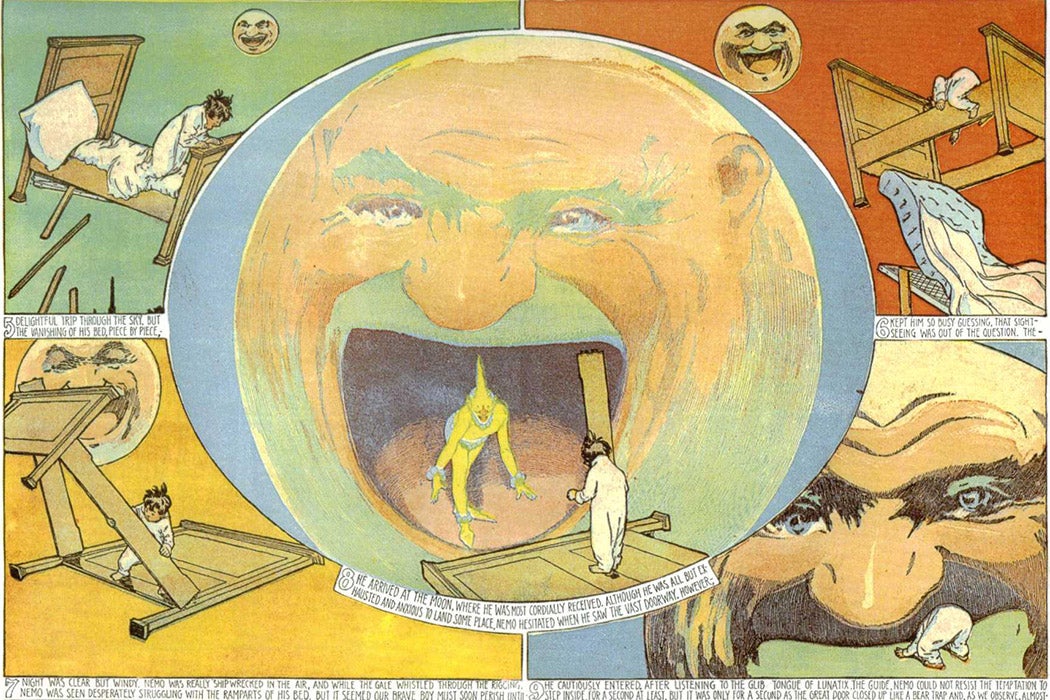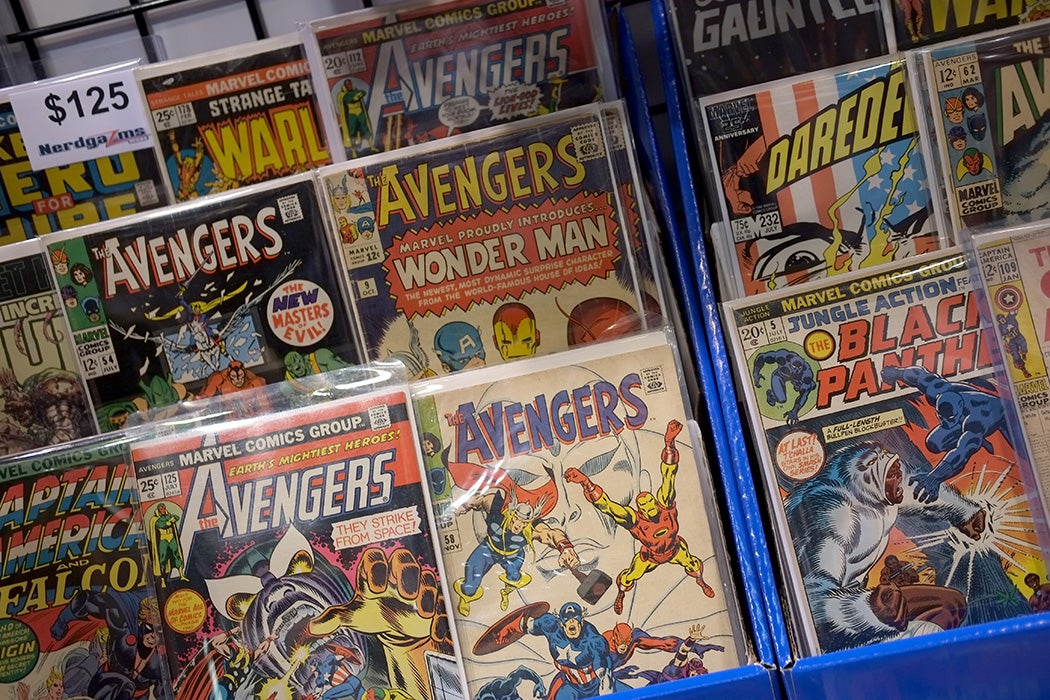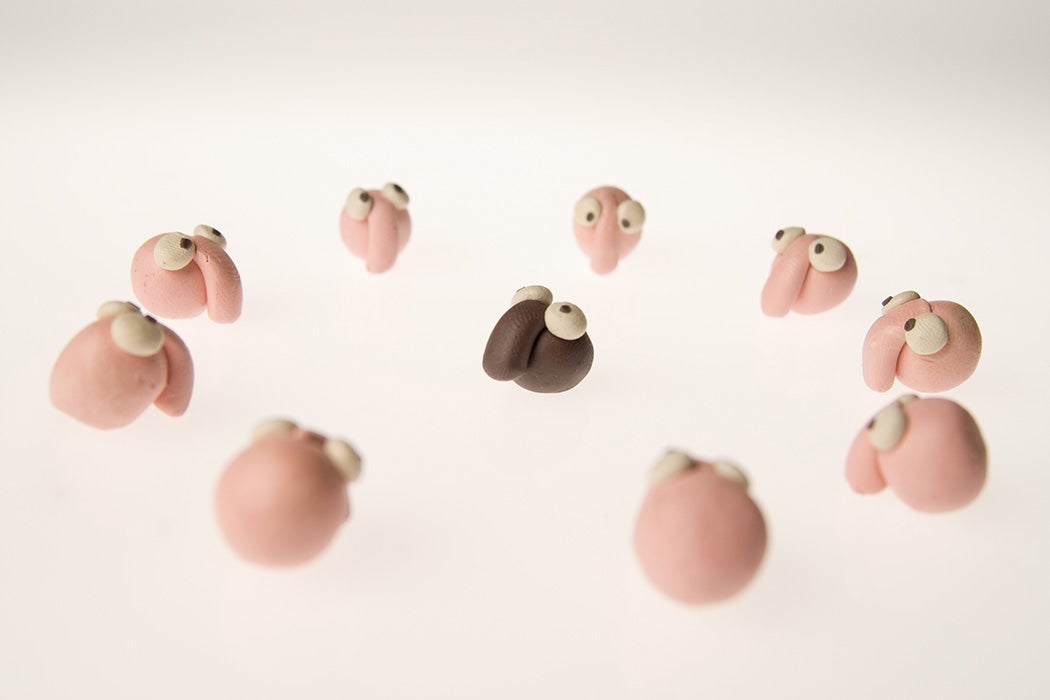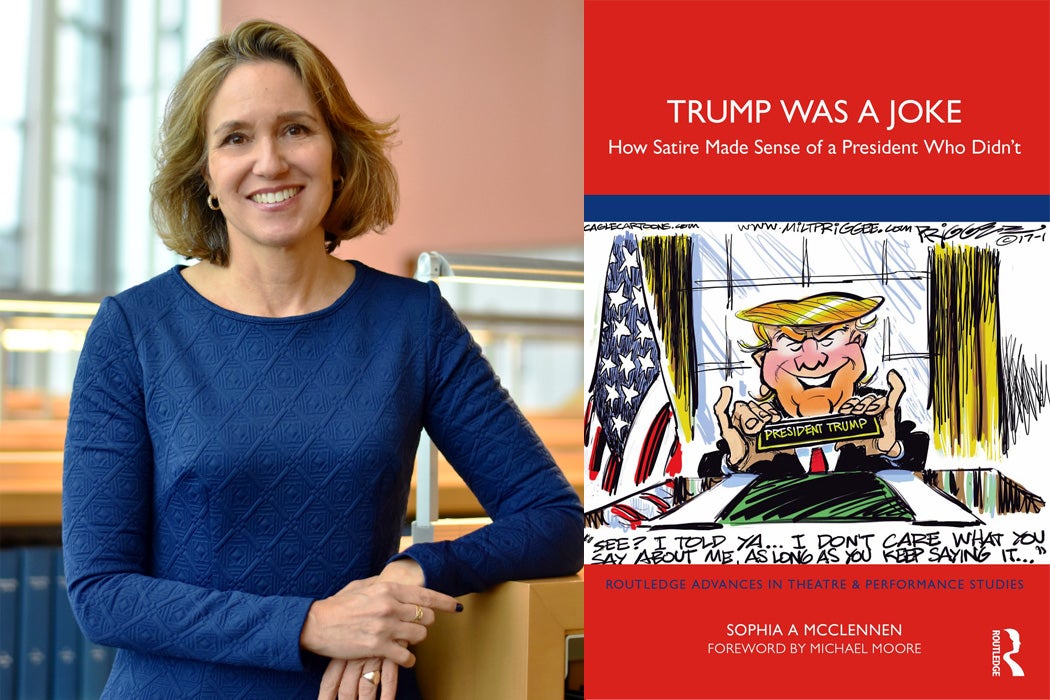Early animation is so dominated by the personality and output of Walt Disney that it’s easy to forget that popular illustration existed before Oswald the Lucky Rabbit and Steamboat Willie. But while Disney was arguably the most influential figure in twentieth-century American culture and a standard-bearer for animation as its popular art form, he wouldn’t have been able to take his place in the public consciousness (nor celebrate 100 years of animated entertainment) without forerunners like the artist Winsor McCay.
McCay, the “son of a Michigan lumberman,” in the words of biographer John Canemaker, got his start in dime museums and carnival theater, painting posters and advertisements for unusual midway acts. He parlayed his talent into a steady cartooning gig at the Cincinnati Commercial Tribune as a teenager. This alone wouldn’t have been an unusual origin story for an a young artist in a vibrant time for American print media—George Herriman, the creator of Krazy Kat, also came up from working-class roots to find opportunity in the newspaper industry, and Robert Ripley, of Believe or Not fame, was a high school drop-out who started out as a sports cartoonist.
In McCay, it was a combination of expansive imagination, multi-disciplinary eccentricity, and restless work ethic that set him apart. In 1905, after working on a handful of comic properties, he debuted what would become his signature strip, a sprawling full-page color adventure called “Little Nemo in Slumberland.” The series was an elegant fantasy in which the young title character, whose name means “no one,” is drawn from his bedroom into boisterous adventures in Slumberland, where walking beds, Godzilla-sized turkeys, and races through the stars were common fare. Each full-page story ended with Nemo suddenly waking up in his own bed, begging the reader to consider what might be real and what might be a dream. Film scholar Tom W. Hoffer notes that in Nemo, either
the objects were bigger than life, the characters deviants from reality, or the environments fantastic. Quite often the dreams…were attributed to eating something before bedtime, helping to base the fantasy in the logic of reality.
The strip was an instant sensation.
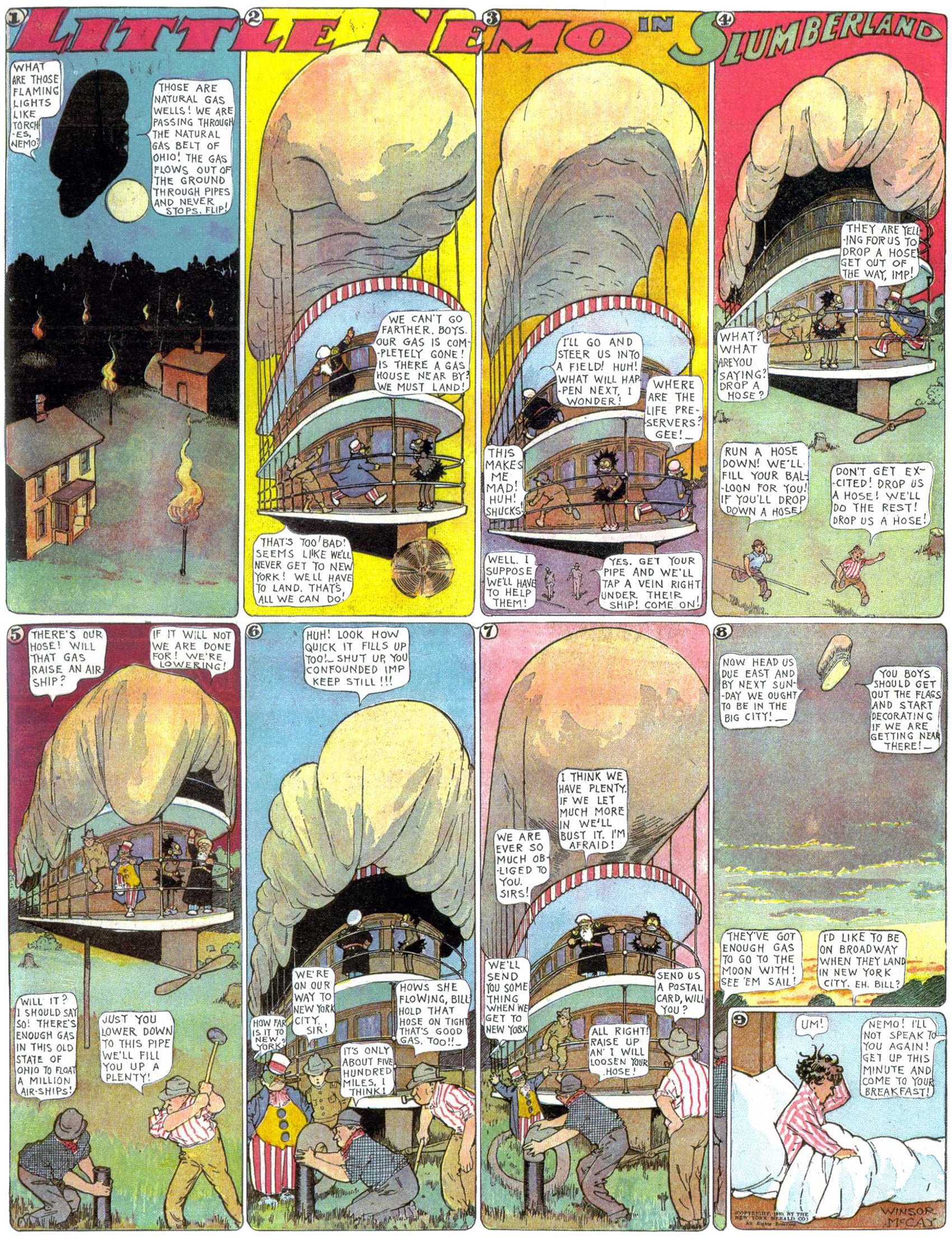
The early years of the twentieth century were a boom time for the newspaper industry. As media scholar Conrad Smith points out, from 1870 to 1900, daily news circulation rose from 2.6 million to 15 million copies. As a result, early animators acquired a mass market—and a certain cachet: with presses rolling off color Sunday editions, magnates like Joseph Pulitzer and William Randolph Hearst used cartoonists as star players to draw readership.
Related Stories about Humor
Teaching Comics: A Syllabus
Racist Humor: Exploratory Readings
Laughing Matters
“As movement was the element which drew Nickelodeon audiences to the feats of the Lumieres, Edison and Melies,” writes John L. Fell, “color insured strip cartoons their ‘readers.’”
In this sort of environment, with the benefit of reach and budget, comics could be self-acknowledged ephemera, exist in a commercial medium, and still regard themselves as serious art. Moreover, as media started to think of itself in increasingly dynamic fashion, comics too started to play with the idea of physical and mental space.
In the words of art historian Katherine Roeder,
The gridded, linear panels of a newspaper comic strip appear to be, on initial consideration, an unlikely place for a hotbed of aesthetic innovation and disarming points of view to develop. And yet, ever since the medium was codified initially in the late nineteenth century, artists have used the unyielding format of the funny papers as a challenge rather than a limitation.
This dynamism suited McCay well. Not content to keep his contributions to static media and eager to enhance the vaudeville shows that he put on as a side hobby, he started to work on animated short films. Between 1911 and 1921 he produced ten animated films; his third was the famous Gertie the Dinosaur, with which he would interact live on the vaudeville stage. Dressed as a circus animal trainer, he would gesture with his whip to the glowing screen behind him and shout commands, in response to which Gertie would lift one leg and then the other, and then chomp down a shiny red apple.
Get Our Newsletter
McCay was meticulous in his process, hand-drawing each frame of his shorts and timing them precisely to sixteen frames a second, writes Canemaker. Though a film of only a few minutes required thousands of drawings, McCay didn’t flag, and in fact, he saw his work as the wave of the future. Smith quotes a prophetic McCay, who envisioned
the day when 100,000 men and women will be turning out animated comic strips to be televised over the networks under the sponsorship of breakfast foods’ manufacturers for the entertainment of the nation’s children.
(Not to mention, McCay was inhumanly prolific: he drew more than a million drawings in his lifetime. For one of his vaudeville acts, called “Seven Ages of Man,” he stood in front of a chalkboard, live-drawing a man and woman as they progressed from birth to old age, producing a new drawing every thirty seconds).
McCay’s cinematic scope and ambition was glorious for art, but not for Hearst, who eventually put pressure on him to limit his vaudeville touring and stick to drawing comics, preferably for Hearst papers. McCay was said to be frustrated with the inability of many of the era’s artists to really see and embrace animation’s potential, but ultimately, it was pressure from Hearst that led McCay to put film aside. He would continue illustrating until his death in 1934, at which point audiences had started to develop a more cinematic mindset and folks like Walt Disney had progressed to gratify it. Perhaps by way of acknowledging that debt, the dinosaur-shaped ice cream stand that presides over a lake in Disney’s Hollywood Studios today is named (you guessed it) Gertie.
